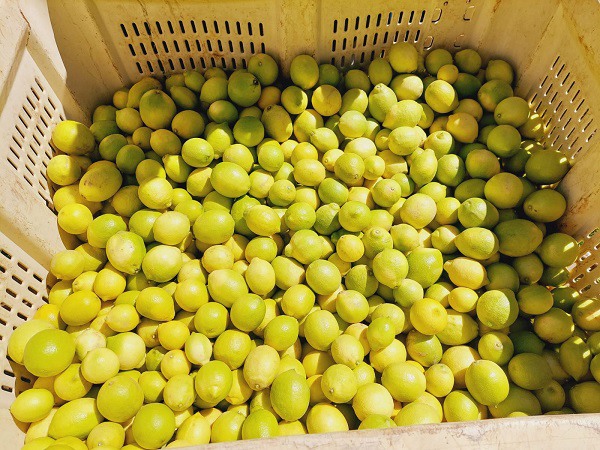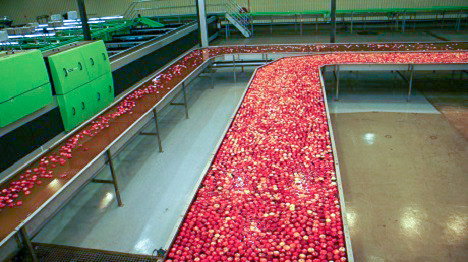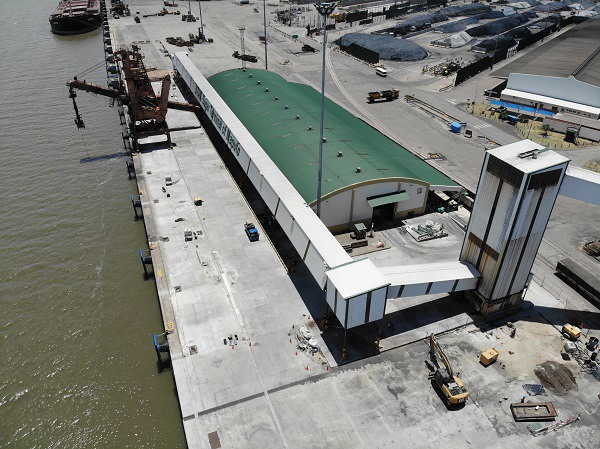Chilean freight rates to the Middle East have dropped to a level roughly equivalent to South Africa’s freight rates to that region, while on the route to India, last year’s extreme difference between freight rates for Chile and for South Africa has flattened out.
“Basically it’s now the same price to ship from Chile to India and South Africa to India as well as to the Middle East. It’s never ever happened, I’ve never ever seen it before. You can’t explain it and the shipping lines can’t give us a reason. It’s just how it is,” an industry source who asked not to be named, tells FreshPlaza.
He remarks that South African freight rates haven’t come down much, and in some cases have even gone up.
“The arrogant shipping lines tell us that the South Africa-Middle East shipping line is their least profitable in the world. There are still every week sailings to the Middle East, though, but then we also have our own sets of problems.”
He is referring to the country’s ports and specifically to the low number of crane moves per hour at South African ports, far below international levels, as well as the frequency with which vessels either wait outside port a week or longer or decide to bypass one of South Africa’s three main ports, something which is happening quite frequently, he says, resulting in less access to market.
“Last year we struggled to get fruit out of all ports all the way through the year and we were up 20% on volumes, that’s why we really struggled. We expected it to be like that again this year, and it has now turned out like that.”
Citrus demands circumspect approach
“Growers have asked me how this year is expected to turn out and I tell them: probably the same as last, which was just terrible. I think there won’t be that much more citrus, we could even be down in some cases.

“Also, this year it’ll be very much dependent on what growers can get for their citrus before they decide whether they even pack it or not. The industry has encouraged growers to take a more conscientious approach about where they put the fruit and at what price, in order not to take the beating of last year.”
At the moment they are still only exporting lemons from Letsitele and Hoedspruit, soon to be starting with grapefruit, but only briefly before the industry kicks in big-time on grapefruit. Mandarins and navels will start end of May.
Firm fruit market in Middle East & India
“The Middle East prefers South African lemons and South Africa dominates there from week 4 and week 44. Currently lemon prices are strong, Ramadan has helped. For the first two weeks of sales, Ramadan has definitely been very good for all fruit from South Africa.”
He observes that South Africa's apple and pear volumes are down due to hail and inclement weather affecting certain areas.
"However, the Middle East and India are taking more than last year, volume-wise. These markets will remain strong throughout the year.”
He does feel the loss of large and fruit-loving markets like Iran, as well as Syria, as a result of international sanctions.
“Because we can’t go through Iran, we can’t access Azerbaijan, Uzbekistan and Kazakhstan easily, so we hope that the UN sanctions will end.”

Maputo is "a shining light"
There’s no shining light this year, he remarks - with one exception.
“The one shining light is that Maputo, which last year had a sailing once every second week, now has a sailing every week since January. We’ve been using Maputo all of last year, it’s a very accurate sailing.”
South African citrus for India, Bangladesh and the Middle East can leave from Maputo.

The Maputo Fruit Terminal
He notes that it takes a mere ten days from Maputo to Jebel Ali, which is why they’ve been shipping their mangoes (Tommy Atkins, Kent, Keitt and Shelly varieties) through Mozambique.
“It’s a fast sailing because you can’t take a chance on mangoes. The mangoes are shipped to Dubai from where it's taken by truck to other countries.”
He says they’re very happy about Maputo and he expects a lot more exporters to make use of the Mozambican port this year.
